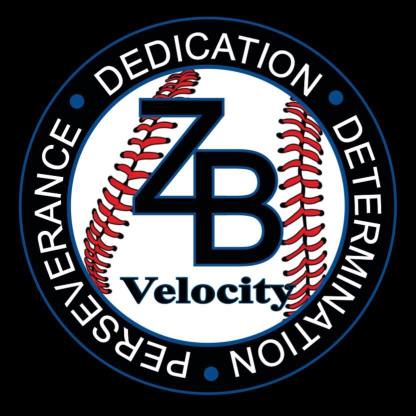
When planning an off-season baseball conditioning workout for pitchers, think about the nature of the work.
A pitcher completes a very explosive movement that lasts about 3 seconds and then rests for 20 seconds. The goals for pitcher conditioning should be to mimic the physical stresses of competition and train the same energy system.

Interestingly, the right kind of physical conditioning during the off-season can be as vital to a baseball pitcher as working on throwing mechanics.
I’m linking to two interesting articles regarding the best plans for pitchers in the off-season. One by Steven Ellis at BaseballPitchingTips.com, the other by Phil Wallin at Stack.com. You will notice that both are similar in scope.
Some of the similarities:
The Design of the Program
Overall, a baseball pitcher’s workouts are designed to produce desired training effects that include:
- increasing pitching velocity
- improving velocity endurance or “late-inning stamina”
- reducing the risk of injury
Do sprint work, not distance work

As Phil Wallin says, “pitching a baseball places an explosive, intense demand on your central nervous system. Thus, you need to train in a similar manner. The perfect type of training stimulus for this is sprints—not long distance endurance running, which over time teaches your body to become slow”
Focus on the Core

Per Steven Ellis, “rather, engaging the core for pitching training involves doing anti-rotation exercises in order to strengthen the midsection. Cable anti-rotation presses, medicine ball throws and planks should be used for a pitcher’s core work.”
Do Push-Ups, not Bench Press Work
According to Wallin, “push-Ups are a great closed-chain exercise. To complete the entire movement, your entire body must remain stable. Barbell Bench Presses lock the shoulders in a susceptible position. This is a good enough reason to leave them out of your training program. Push-Ups are a much safer option for working these joints and muscles.”

Other Programs – ZB Velcoity by Jordan Zimmerman
Similarly, one of the best programs available in the greater Phoenix area is Jordan Zimmerman’s ZB Velocity Training – I’ve written extensively on Jordan’s “Velo” program and its benefits…you can find out more about that here.
I’d invite you to dig into the articles and links posted above…as I’m sure it will help you gain strength, stamina, and prevent some injuries!



















